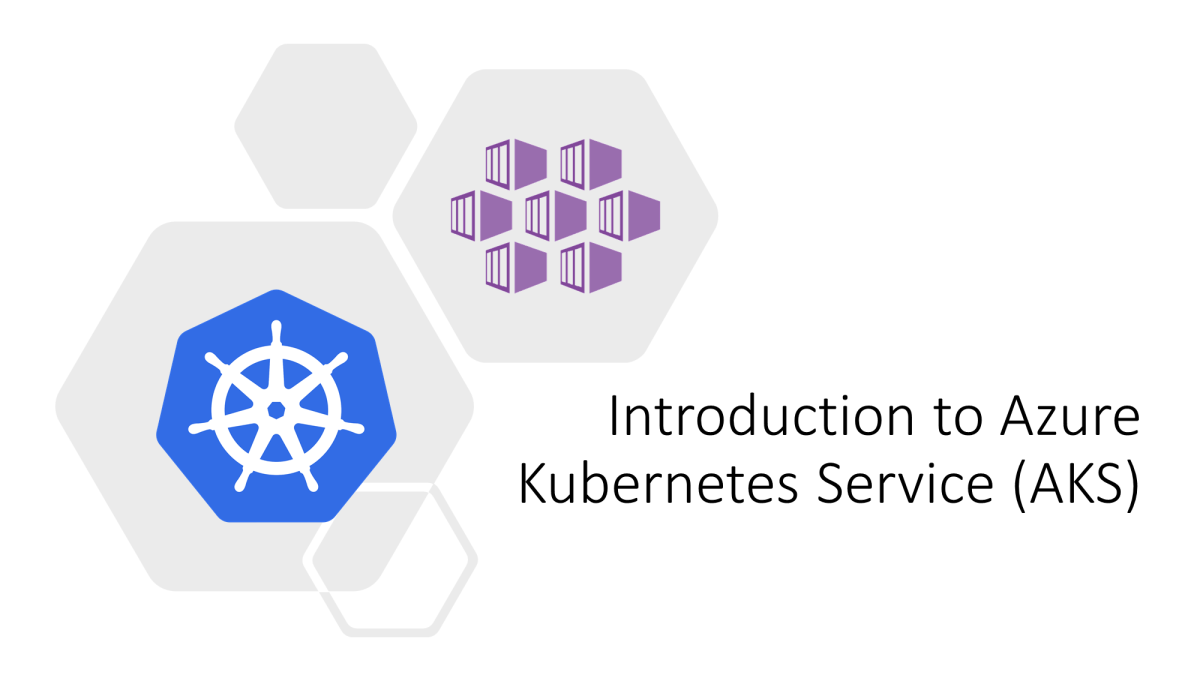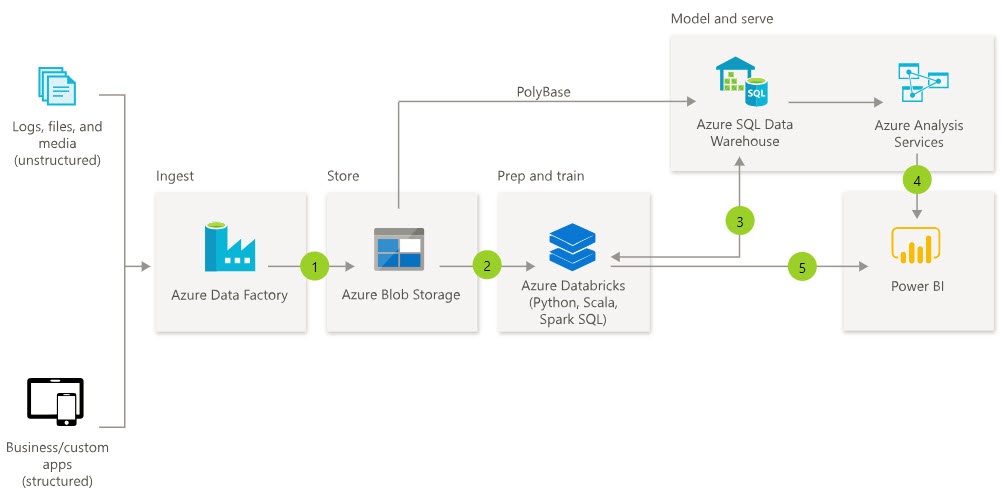
Azure Kubernetes Service (AKS) is a managed Kubernetes service in Microsoft Azure that simplifies deploying, managing, and scaling containerized applications. With AKS, you can focus on your applications without worrying about the complexity of managing the Kubernetes control plane or nodes.
What is Azure Kubernetes Service (AKS)?
AKS is a fully managed Kubernetes service that handles critical cluster operations like upgrades, scaling, and monitoring. It supports both Linux and Windows container workloads and integrates seamlessly with other Azure services.
Key Features of Azure AKS
- Managed Kubernetes: Azure manages the control plane, allowing you to focus on your applications.
- Scaling: Easily scale your applications with node autoscaling and Kubernetes Horizontal Pod Autoscaler (HPA).
- Integration: Integrates with Azure DevOps, Azure Monitor, and Azure Container Registry (ACR).
- Security: Provides features like Azure Active Directory (AAD) integration, RBAC, and network policies.
- Multi-Node Pools: Support for multiple node pools for diverse workloads.
- Hybrid and Multi-Cloud Support: AKS works with Azure Arc for hybrid and multi-cloud deployments.
Use Cases for AKS
- Microservices: Deploy and manage microservices architectures.
- Application Modernization: Migrate monolithic applications to containerized architectures.
- DevOps: Implement CI/CD pipelines with AKS for faster deployments.
- Big Data and AI: Run big data and machine learning workloads on Kubernetes.
- Edge Computing: Deploy AKS at the edge with Azure Stack.
Setting Up Azure Kubernetes Service (AKS)
Step 1: Create an AKS Cluster
- Go to the Azure Portal.
- Navigate to Create a Resource > Containers > Kubernetes Service.
- Configure the cluster:
- Resource group and cluster name.
- Kubernetes version.
- Node size and count.
- Networking options (e.g., Azure CNI, Kubenet).
- Click Review + Create and then Create.
Step 2: Connect to the AKS Cluster
- Install the Azure CLI and Kubernetes CLI (
kubectl). - Retrieve cluster credentials:
az aks get-credentials --resource-group <ResourceGroupName> --name <ClusterName> - Verify the connection:
kubectl get nodes
Step 3: Deploy an Application
- Create a deployment YAML file (
deployment.yaml):apiVersion: apps/v1 kind: Deployment metadata: name: my-app spec: replicas: 3 selector: matchLabels: app: my-app template: metadata: labels: app: my-app spec: containers: - name: my-app image: nginx ports: - containerPort: 80 - Apply the deployment:
kubectl apply -f deployment.yaml - Expose the application as a service:
kubectl expose deployment my-app --type=LoadBalancer --name=my-service --port=80 - Retrieve the service's external IP:
kubectl get service my-service
Managing Azure AKS Clusters
Scaling the Cluster
- Manual Scaling:
az aks scale --resource-group <ResourceGroupName> --name <ClusterName> --node-count <NodeCount> - Autoscaling:
Enable the Cluster Autoscaler in the AKS settings to automatically adjust the number of nodes based on resource demands.
Upgrading Kubernetes Version
- Check available upgrades:
az aks get-upgrades --resource-group <ResourceGroupName> --name <ClusterName> - Upgrade the cluster:
az aks upgrade --resource-group <ResourceGroupName> --name <ClusterName> --kubernetes-version <Version>
Security Best Practices
- RBAC: Enable Role-Based Access Control to manage access.
- Network Policies: Use network policies to control traffic between pods.
- AAD Integration: Authenticate users using Azure Active Directory.
- Pod Security: Use Kubernetes Pod Security Standards.
- Private Cluster: Restrict API server access to a private IP.
Monitoring and Logging
- Use Azure Monitor to track metrics like CPU, memory, and node health.
- Integrate with Log Analytics to query logs using Kusto Query Language (KQL).
- Example KQL query to analyze pod restarts:
KubePodInventory | where ContainerRestartCount > 0
Integration with Azure Services
- Azure DevOps:
- Automate deployments to AKS with CI/CD pipelines.
- Azure Container Registry (ACR):
- Use ACR to store and pull container images.
- Azure Functions:
- Run serverless functions within your AKS cluster using KEDA.
AKS vs Other Kubernetes Services
| Feature | Azure AKS | Amazon EKS | Google GKE |
|---|---|---|---|
| Control Plane | Managed (Free) | Managed (Paid) | Managed (Free) |
| Integration | Seamless with Azure | Seamless with AWS | Seamless with GCP |
| Node Autoscaling | Yes | Yes | Yes |
| Multi-Cloud Support | Yes (via Azure Arc) | Limited | Limited |
Best Practices for AKS
- Cluster Design:
- Use separate node pools for different workloads.
- Use multiple availability zones for high availability.
- Monitoring:
- Set up alerts for resource usage and failures.
- CI/CD:
- Automate deployments using Azure DevOps or GitHub Actions.
- Backup and Recovery:
- Use Velero or Azure Backup to back up cluster data.
- Resource Optimization:
- Use Kubernetes autoscalers to optimize resource usage.
Conclusion
Azure Kubernetes Service (AKS) simplifies the deployment and management of Kubernetes clusters. With its rich features, seamless integration with Azure services, and managed environment, AKS is a robust platform for modern containerized applications. By following best practices and leveraging Azure's ecosystem, organizations can efficiently build, deploy, and scale applications.
For more information, visit Azure Kubernetes Service Documentation.


